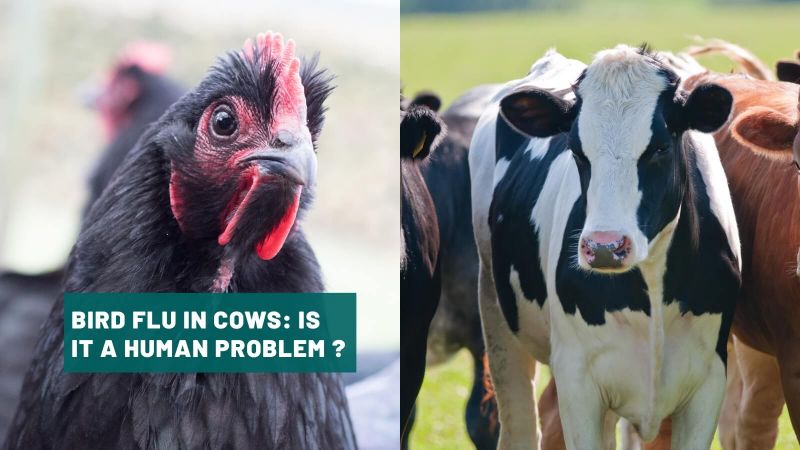Safety testing and animal research
Regulators worldwide want to be sure that products such as food, drugs and chemicals are safe for human use. They therefore demand various tests and collaborate with other countries to identify the best test methods.
The OECD specifies chemical testing methods, starting with non-animal methods but using animals where these do not work. For instance, the non-animal test method may only work for chemicals within a certain ph range or cannot be used with some chemicals because they evaporate or explode.
Drug testing methods are specified by the International Conference on Harmonization (ICH), and new methods can be informed by research collaborations like the IQ Consortium.
In drug testing, animals predict phase 1 human trial safety with 86% accuracy on average, but with most values above 90% (see below). These safety tests mean that the chance of a serious adverse event in clinical trials is around 0.3%.
The UK does not test cosmetics, but is reconsidering its stance after cosmetic ingredients, like some in sunscreen, have been found to be potentially harmful to humans, animals and the environment.
Various sorts of food, and materials intended for contact with food, need to be tested for safety. These could be sweeteners, nutritionally enhanced foods or those that make health claims. ISO standards exist for various products like food and medical devices.
Human – animal drug safety prediction
Human drugs are tested on humans, but before allowing these tests the regulator wants to see evidence that a new drug will be safe enough to trial in humans. Animals predict this safety an average of 86% of the time (figure 1), but with most values over 90%.
Bayesian modelling, NPV safety prediction |
|||
|
Organ category |
Dog to human |
Mouse to human |
Primate to human |
|
Pulmonary |
96% |
95% |
97% |
|
Biochemical |
95% |
93% |
88% |
|
Renal |
95% |
96% |
100% |
|
Ophthalmology |
94% |
96% |
97% |
|
Haematology |
93% |
92% |
88% |
|
Cutaneous |
91% |
82% |
70% |
|
Musculoskeletal |
91% |
92% |
93% |
|
Cardiovascular |
91% |
75% |
84% |
|
Nervous system |
90% |
93% |
94% |
|
Liver |
88% |
89% |
85% |
|
Gastrointestinal |
76% |
69% |
77% |
|
Figure 1: IQ Consortium translational database |
|||



